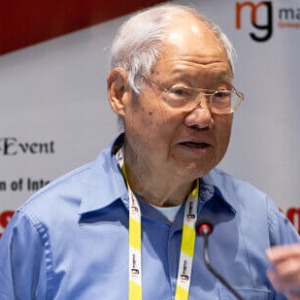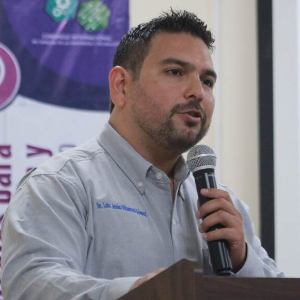Tissue Engineering
Tissue engineering entails the in vitro construction of bioartificial tissues as well as the in vivo manipulation of cell growth and function using cells isolated from donor tissue and biocompatible scaffold materials. To facilitate effective cell adhesion, migration, and deposition of endogenous extracellular matrix components by the cells, biomaterials for tissue engineering must have regulated surface chemistry, porosity, and biodegradability. To provide a large cell mass that can perform certain differentiated roles required for the tissue build, strategies to switch cells between growth and differentiation, which are mutually exclusive, are applied. The strength of adhesion between cells and substrate, as well as among the many cell types present in the tissue construct, allows combinations of cells and materials to reorganise themselves. Tissue engineering is not frequently used in the care or treatment of patients. Tissue engineering has been employed in skin transplants, cartilage repair, minor artery repair, and bladder repair in a few cases.

Murray Moo Young
University of Waterloo, Canada
Limongi Tania
University of Turin, Italy



Title : Renewed novel biotech ideas, with bioreactor bioengineering economic impact
Murray Moo Young, University of Waterloo, Canada
Title : Improving health in over 40,000 patients: The impact of nanomedicine fighting antibiotic resistant infections
Thomas J Webster, Brown University, United States
Title : Osmotic lysis–driven Extracellular Vesicle (EV) engineering
Limongi Tania, University of Turin, Italy
Title : Evaluating cell compatibility and subcutaneous host response of silk fibroin–chitosan plug composites as potential resorbable implants
Luis Jesus Villarreal Gomez, Universidad Autonoma de Baja California, Mexico
Title : Comparative study of endo-?-1,4-mannanases from novel bacterial strains for the production of galactomanno-oligosaccharides
Shruti Saini, National Agri-food and Bio-manufacturing Institute, India
Title : Engineering Sf9 host cells with AcMNPV genes to control baculovirus infection dynamics and heterologous gene expression
Tamer Z Salem, Zewail City of Science and Technology, Egypt